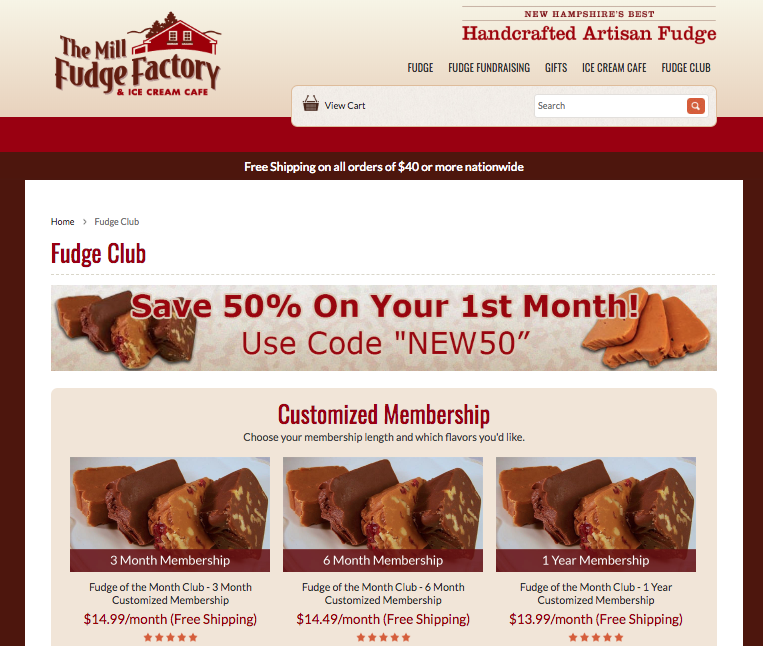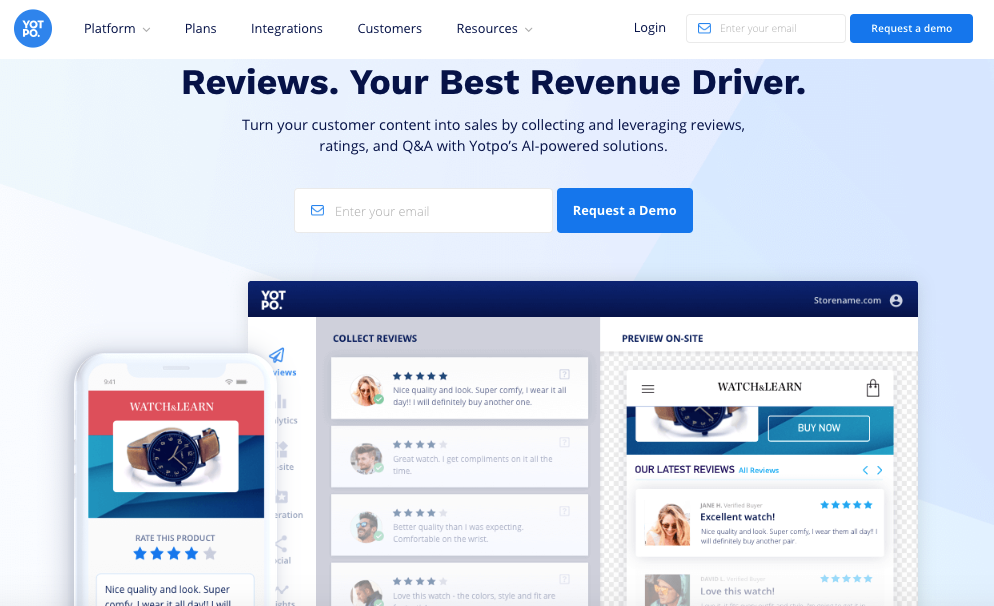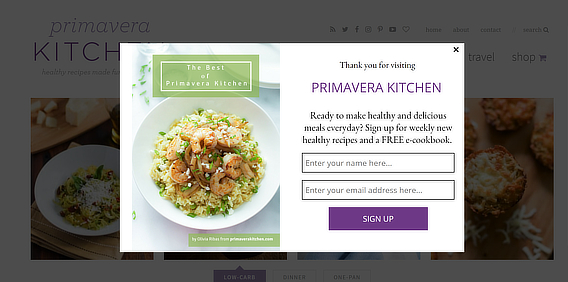


Sell More Food This Holiday Season in 5 Simple Steps
November 7, 2018


Why Good Food Photography is Important + 6 Tips to Make Your Photos Pop
September 22, 20205 Things Your Food Business Website Might Be Missing


The Internet has changed the way we do business, and the Internet itself is continuing to change. Website trends come and go, but many are here to stay. These five tips and tools will help you develop and run a successful online food business.
1. E-Commerce
You have definitely heard this word all over the place, and you may have thought, that’s cool, but it’s not for me.
Maybe it is time to re-think that.
E-commerce is convenient for buyers and sellers; it enables transactions to occur across far distances and in different time zones, and is increasingly becoming an expected aspect of almost any food business website.
There is no lag time with e-commerce. A customer will visit your site, see something they want to buy, and swiftly proceed to checkout. On your end, this allows you to take orders outside of your normal business hours, without having to be online yourself at all times of day.
Plus, e-commerce platforms can automatically track inventory, sales trends, and customer information without requiring much of your time or energy to do so. If you’re just beginning, Shopify might be a good place to start and grow your online food business.
E-commerce can even be an alternative to a storefront, with a much quicker and cheaper setup. Or it can complement your in-store sales, allowing you to reach a wider audience and give your existing customers a new, convenient way to interact with your business.
Once you get into it, e-commerce can be fun! Think of it like setting up an attractive window display in a brick-and-mortar shop: you are designing a unique space to draw customers in and leave them excited to come back for more. Colors and patterns, promotions—the options are endless.
2. Subscriptions
Once you have your e-commerce shop off the ground, subscriptions are a great way to take your sales to the next level. “Of the month” clubs and convenient subscription services can be effective offerings.
By definition, subscription purchases are not a one-time deal. That much is obvious, but really think about what it means: you have the opportunity to re-sell your products on a recurring basis, without incurring new costs to do so. With every subscription delivery, you will generate automatic revenue and your customer will fall deeper and deeper in love with your product and your brand. You might offer coupons, send personalized messages, or otherwise continue to improve your relationship with this customer—all while knowing that the work of identifying and converting this customer is already behind you.


Subscriptions can also be a great tool for connecting customers with products they might not have tried on their own. Collections of many samples, or bonus gifts with other orders, make it easy to get new products in the hands of customers that already know and trust your business. The goal is, simply, to leave them wanting more. And when they have run out of the sample products, there is a greater chance that they will go online to place an order, without any of the hesitations that are brought on when trying something new.
You may also want to consider wholesaling your products to other established subscription businesses that might like to offer your products as samples to their subscriber base.
3. Product Reviews
Imagine this: you are a customer standing in a store. You see a product you are interested in, so you pick it up and can see it, touch it, and maybe even smell it or taste a sample. You can ask the salesperson any questions you would like, and they will respond immediately. There may even be another customer in the store who will add their opinion. When the time comes to make your purchasing decision, you feel confident that you know everything you need to know about the product to make an informed decision, and ultimately, you will walk away satisfied.
This scene can play out smoothly in a brick-and-mortar store, but looking at products online is a whole other story. The goal of the product listings on your website is to provide virtual versions of all the information they could gain in a store. One great way to pull this off: allow for real customers to share their product reviews, just like on Amazon.
Your customers know your products—they have seen, felt, smelled, and tasted your products. Their experiences already exist, and leveraging their reviews is a great way to bring out key information for new customers without creating any more work for yourself.
Beyond providing more details, product reviews can also strengthen the level of trust a new or potential customer has for you. How? By not having an agenda. The reviews–the glowing, raving, exciting reviews–are coming from someone without a stake in the next sale. Sure, you could write more detailed product descriptions, but everything you say is coming from the perspective of a seller. A review, though, is coming from a fellow customer, an unbiased peer to anyone visiting your website.
Don’t worry—there’s no need to reinvent the wheel here. A variety of applications make it easy to gather, organize, and work with product reviews with new customers. Two of our favorites are Yotpo and Callexa. Yotpo focuses on sharing product reviews, while Callexa is for more general store or brand feedback.


4. Food Photography
You’ve heard the saying, “we eat with our eyes first.” Well, when a customer is online, their eyes provide just about the only sensory experience with the product. Not unlike product reviews, enticing photographs can draw your customers in and offer them a closer, more authentic look at your products.
Customers want to know what exactly it is that they are getting when they order your products. Through adding a few images, you answer their questions about package design, quantity, and many other visual factors. You can also use your photos as a space to offer ideas about how to serve your food products, express yourself/your brand in an accessible way, and connect with your customers on a deeper level.
From a design perspective, having photographs can also make a web page easier to look at. Without them, your product listings would just be a series a text boxes, and every listing would blend together. Images help space out the page, offer customers a break from reading, and help direct people to new sections of a page.
So, will any picture make the cut? Not quite. You have the opportunity here to offer a view of your products that goes beyond a quick snapshot; lighting, composition, and so many other details can really take your website—and your sales—to the next level. Not sure how to get started? If you’re a DIY-type, here’s a great DIY guide for product photography. When it comes to editing your photos, here’s another great guide to help you edit your food photos.
5. Forms
Forms can cover a wide range of topics and goals, but the central themes in all forms are that they allow you to customize and capture data, store it efficiently, and give customers an easy way to interact with your website.
You might want to think about adding a simple customer contact form, a sign-up form for your blog or newsletter, custom-order forms, or anything else that will allow you to collect the data needed to run your business successfully. Forms are a great way to capture and store every necessary detail.


It may sound like a lot. But don’t worry–these five tools will make your life a lot easier, and set your food business site up for success in the long run.
Not sure where to get started? Let’s chat!

